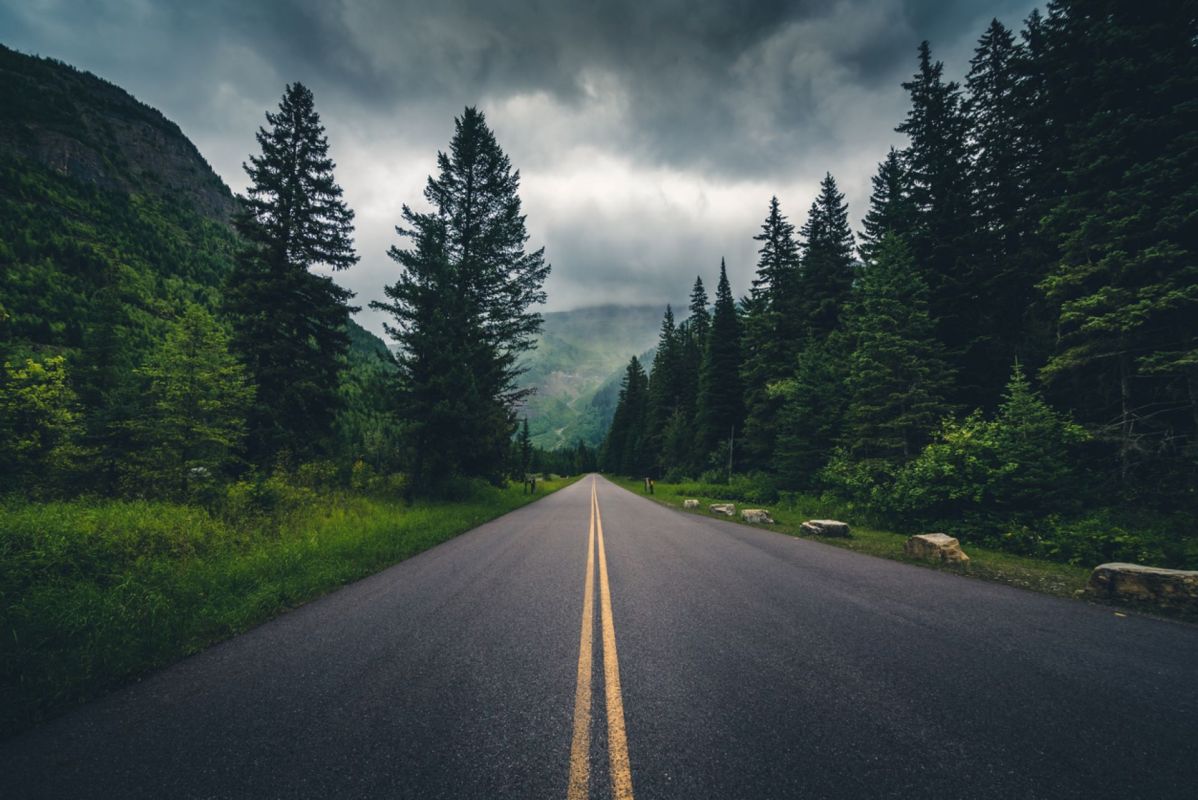The near-constant, dusk-like lighting caused by Canadian wildfires this past summer may be more common in the future for eastern United States residents.
That's because researchers at the University of Florida Institute of Food and Agricultural Sciences have found "an increase in fire size, frequency, and shifts in seasonality" in that part of the country, according to a report from the experts.
"It's a serious issue that people aren't paying enough attention to: We have a rising incidence of wildfires across several regions of the U.S., not only in the West," study lead author Victoria Donovan, a university assistant professor, said in the report.
What's happening?
The research team analyzed federal data on large wildfires in the eastern U.S. from 1984 to 2020, the most recent data available. The fires each destroyed more than 490 acres. The research found that large wildfires in the "southern and eastern" parts of the Eastern Temperate Forest region have an increased risk for terrible conflagrations, according to the experts' report
The temperate forests extend from the Atlantic Coast to eastern Texas, Oklahoma, Missouri, Iowa, and Minnesota. That includes some of the Appalachian Mountain range, the U.S. Forest Service reports.
"The eastern U.S. has the most expansive wildland-urban interface in the country and thus is at high risk from wildfire," Donovan said in the university story. "The thought behind this research was that if there are signals that wildfires are increasing, we need to understand what those changes look like."
What's the cause, and why does it matter?
The experts considered ignition patterns, changes in vegetation (fuel), and the climate. While experts can't blame every weather disaster on our overheating planet, it's akin to the proverbial elephant in the room.
"We don't address the drivers of the trends in this study, but it's hard to talk about changing conditions without considering that climate may be a factor," Donovan said in the university report.
The U.S. Environmental Protection Agency draws a clear connection.
"Multiple studies have found that climate change has already led to an increase in wildfire season length, wildfire frequency, and burned area," the agency states.
The results can be dire. The western gray squirrel, for example, is now endangered, due in part to wildfires in Washington state.
The researchers hope that attention to East Coast concerns now can prevent similar headlines from that part of the country.
What's the solution?
Humans are the leading ignition point for wildfires in the east, including from power lines, per the researchers. That's why it's important that we read up on planet overheating, changing weather, and how best to adapt to improve outcomes.
Donovan calls it "proactive" forested land management and "individual preparedness." Advice from Smokey Bear is good to review before you camp or operate equipment outdoors, as well.
"We don't have the expansive wildfire problem that the western U.S. does yet, so this is also an opportunity to get ahead of the problem and prepare for shifting wildfire patterns before we start seeing the frequent destructive fires that we're seeing in the West," she said in the report.
Join our free newsletter for weekly updates on the coolest innovations improving our lives and saving our planet.









